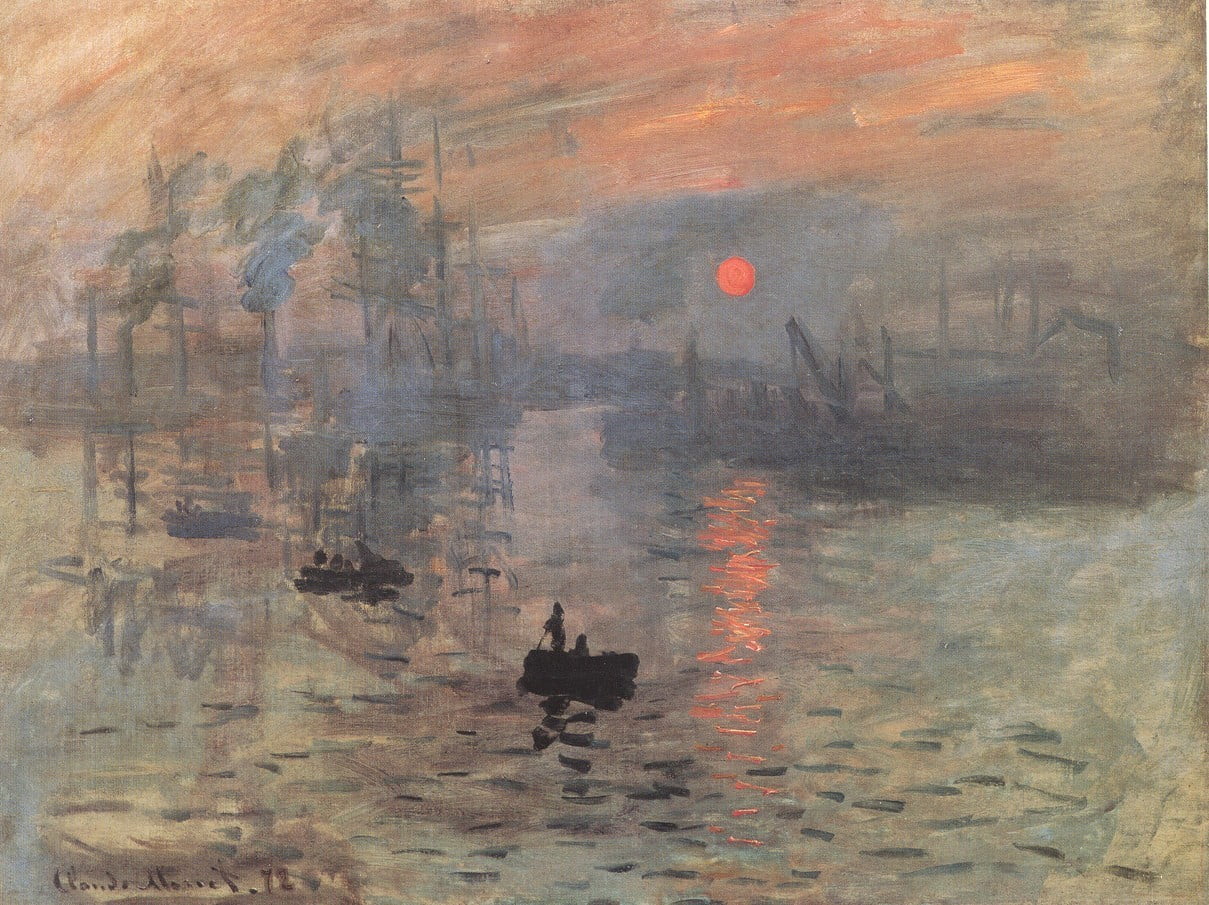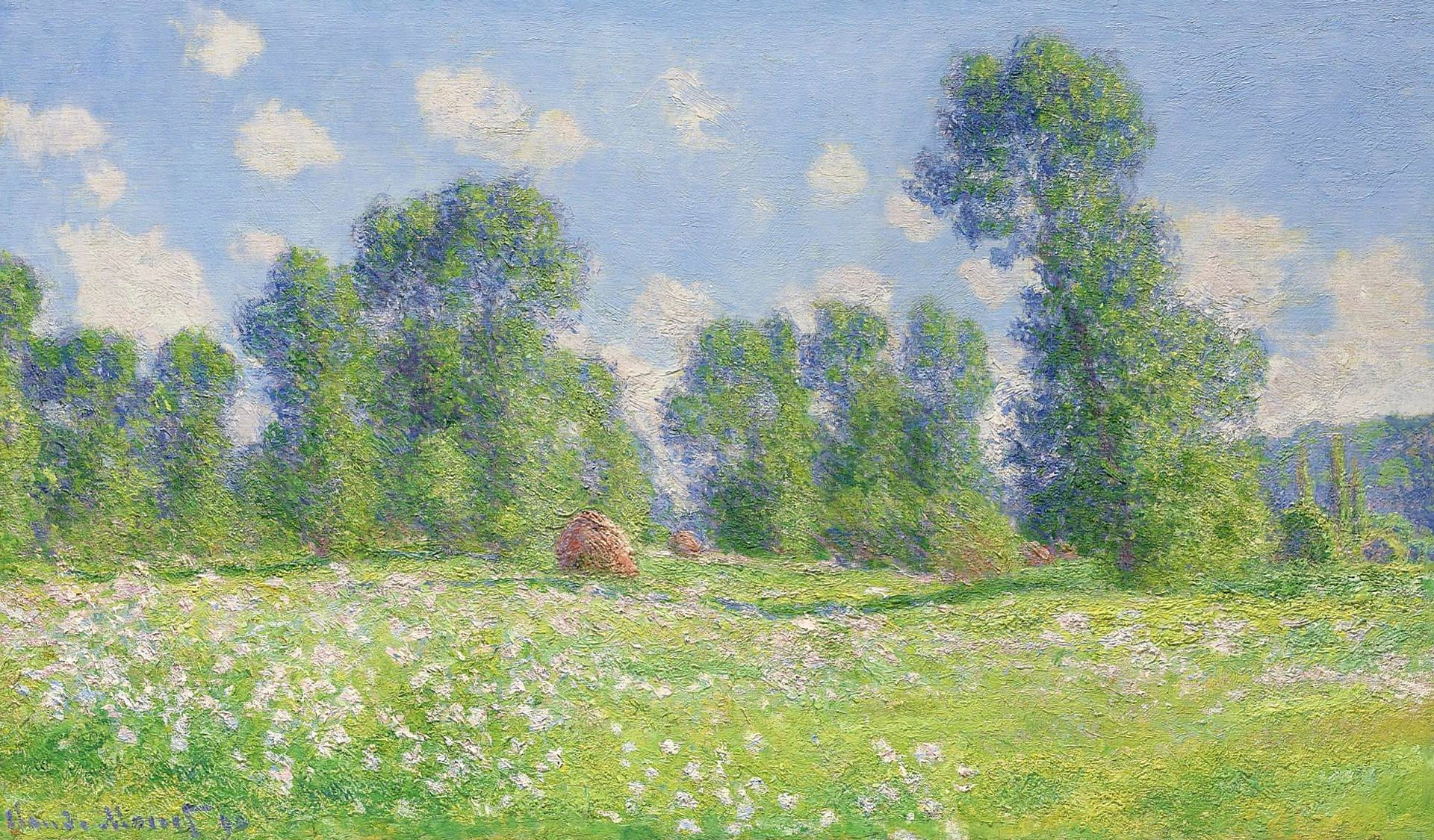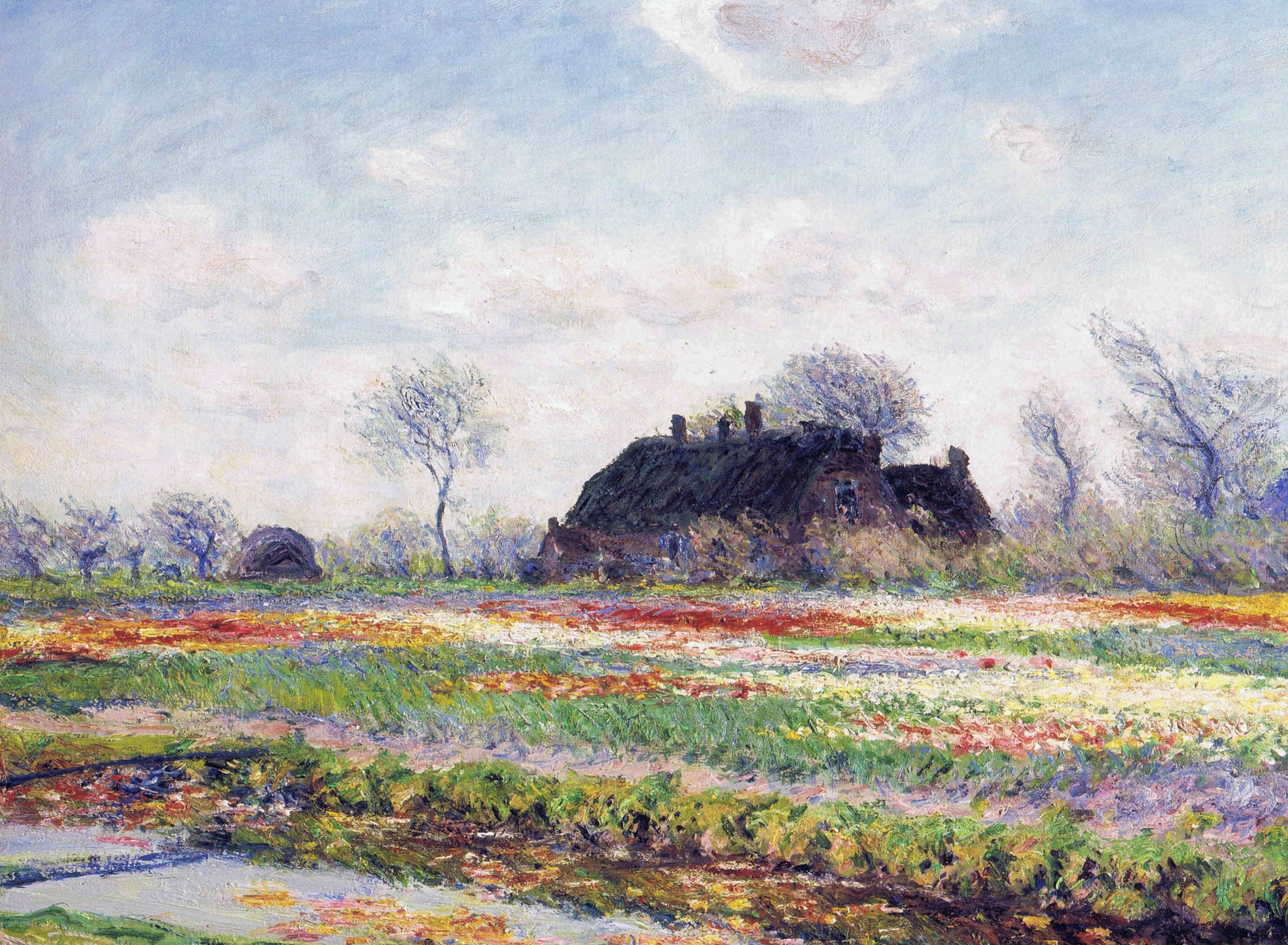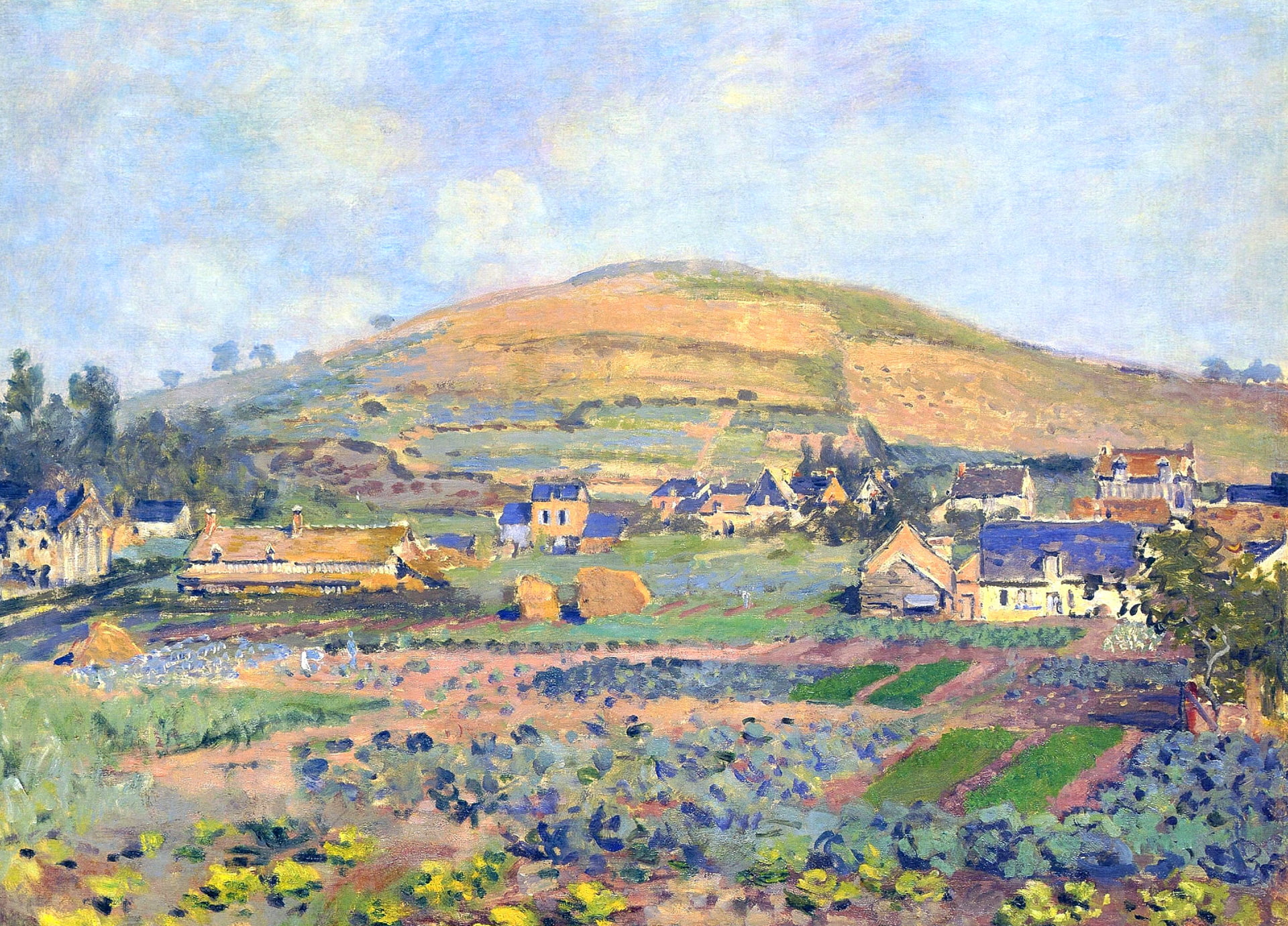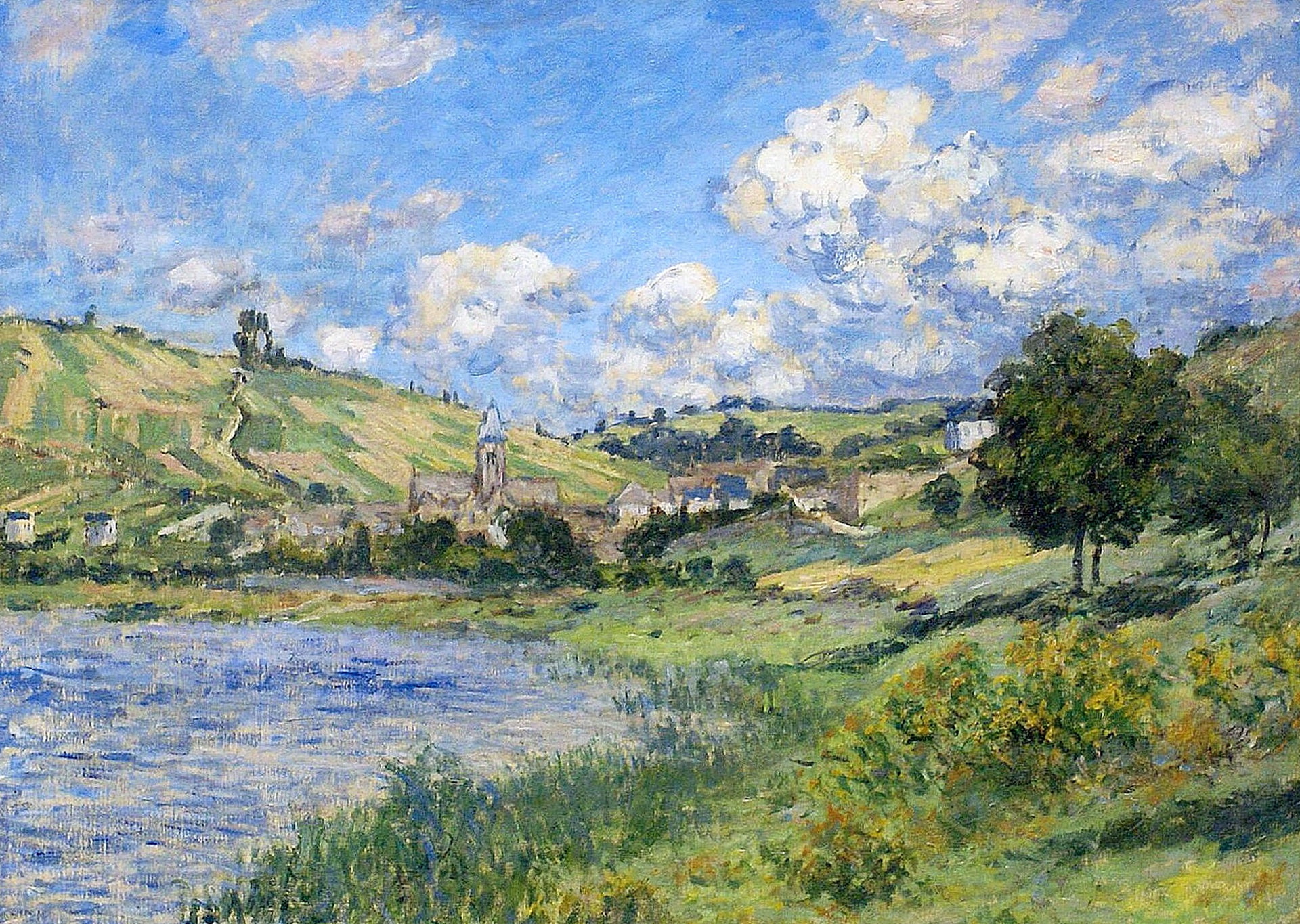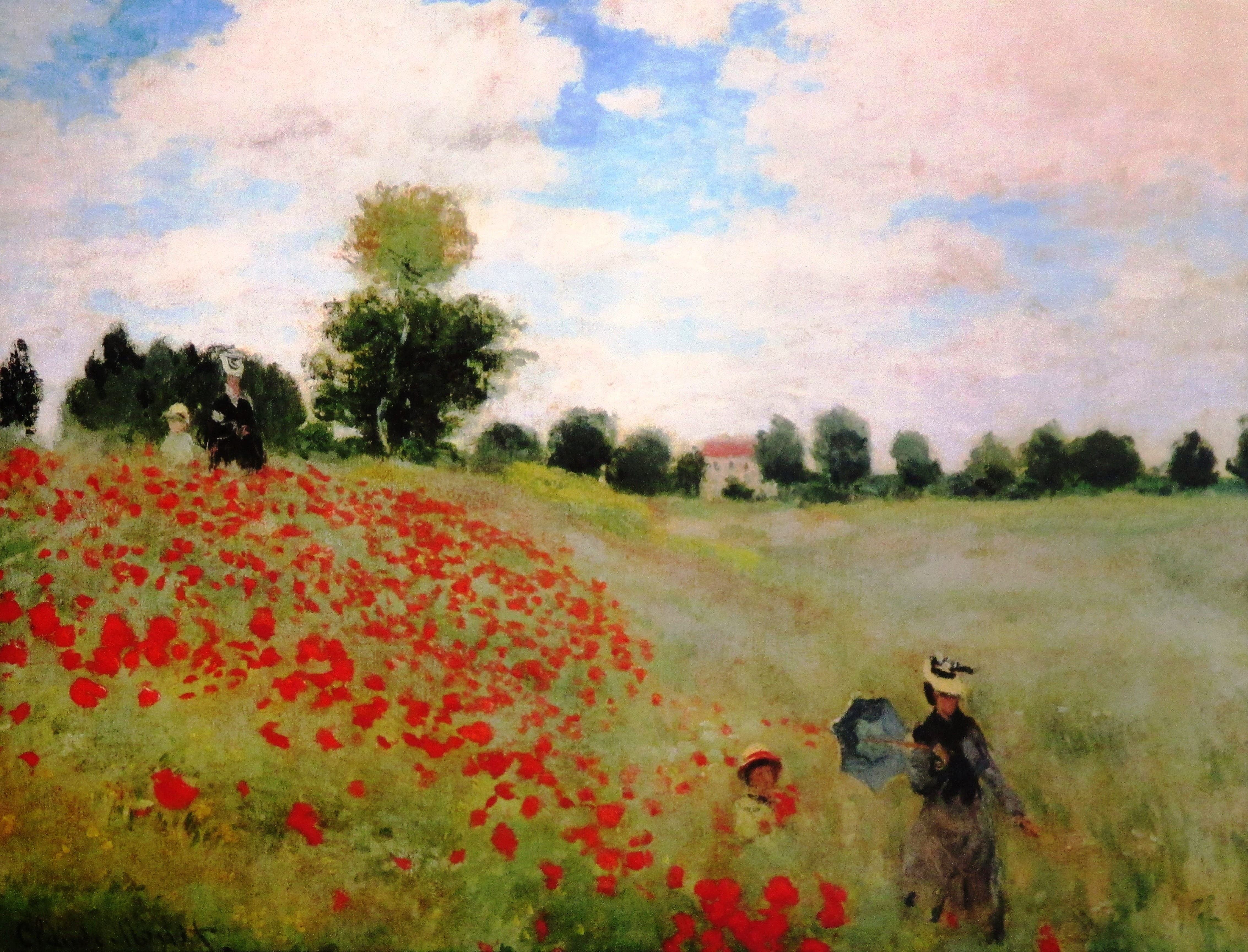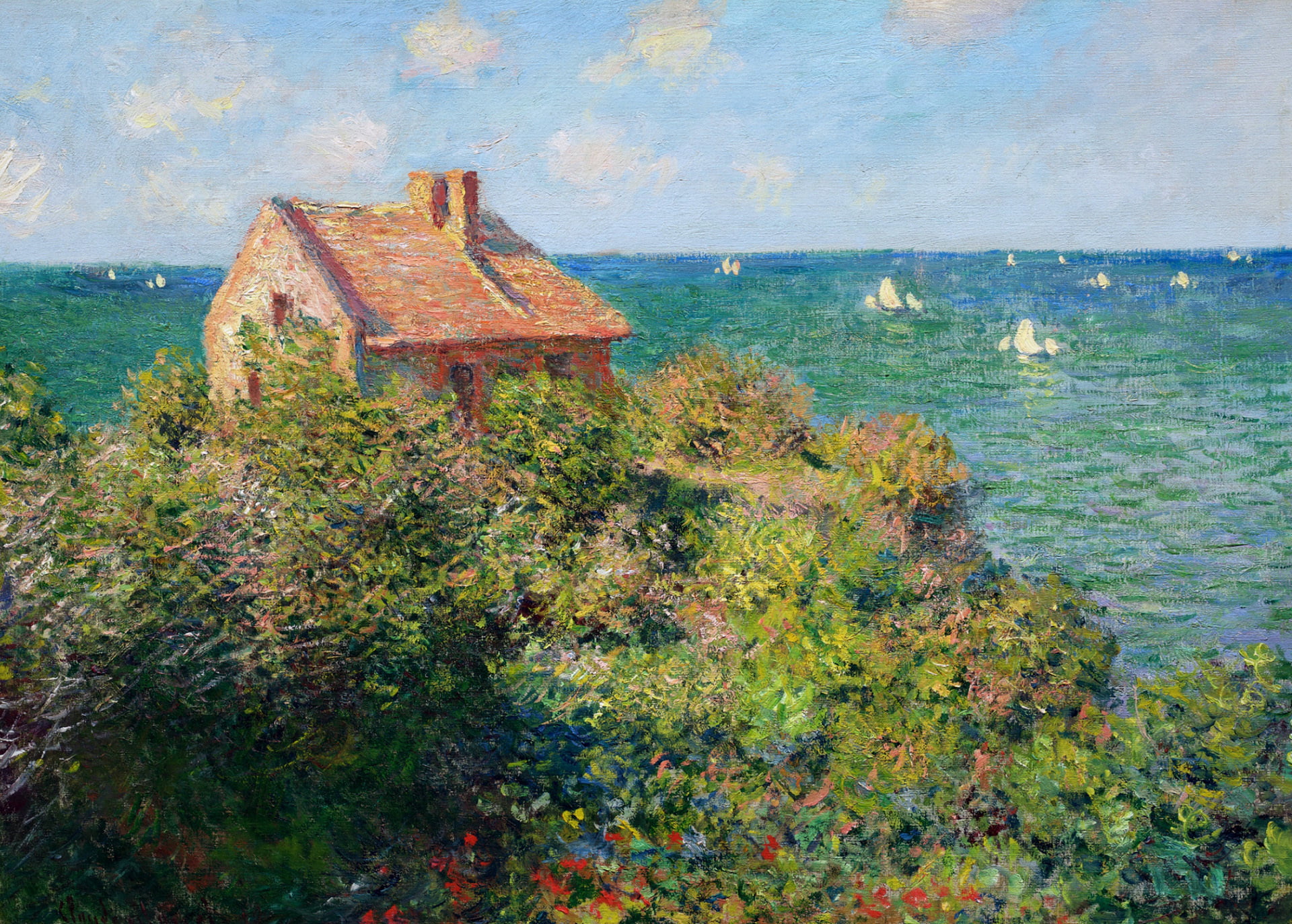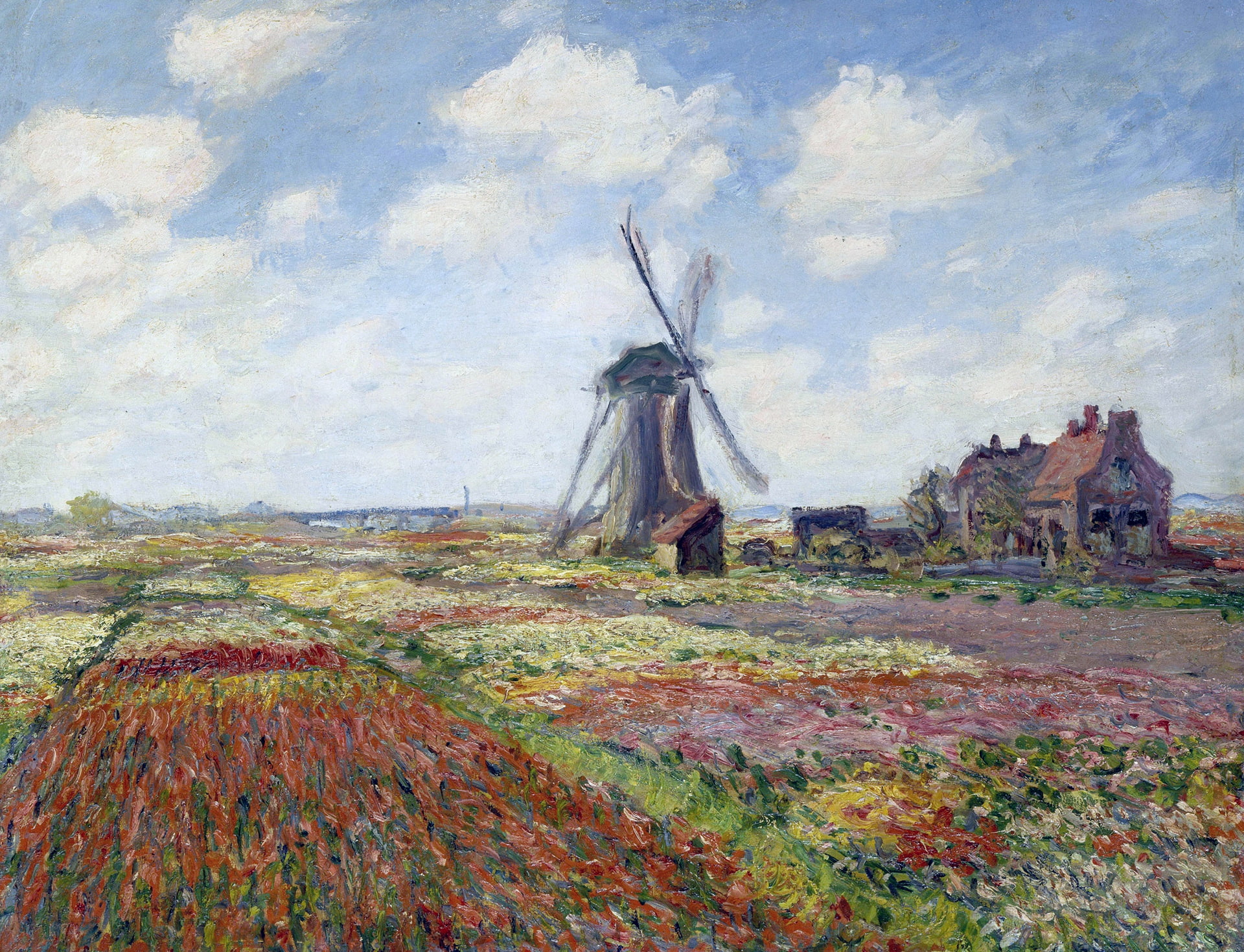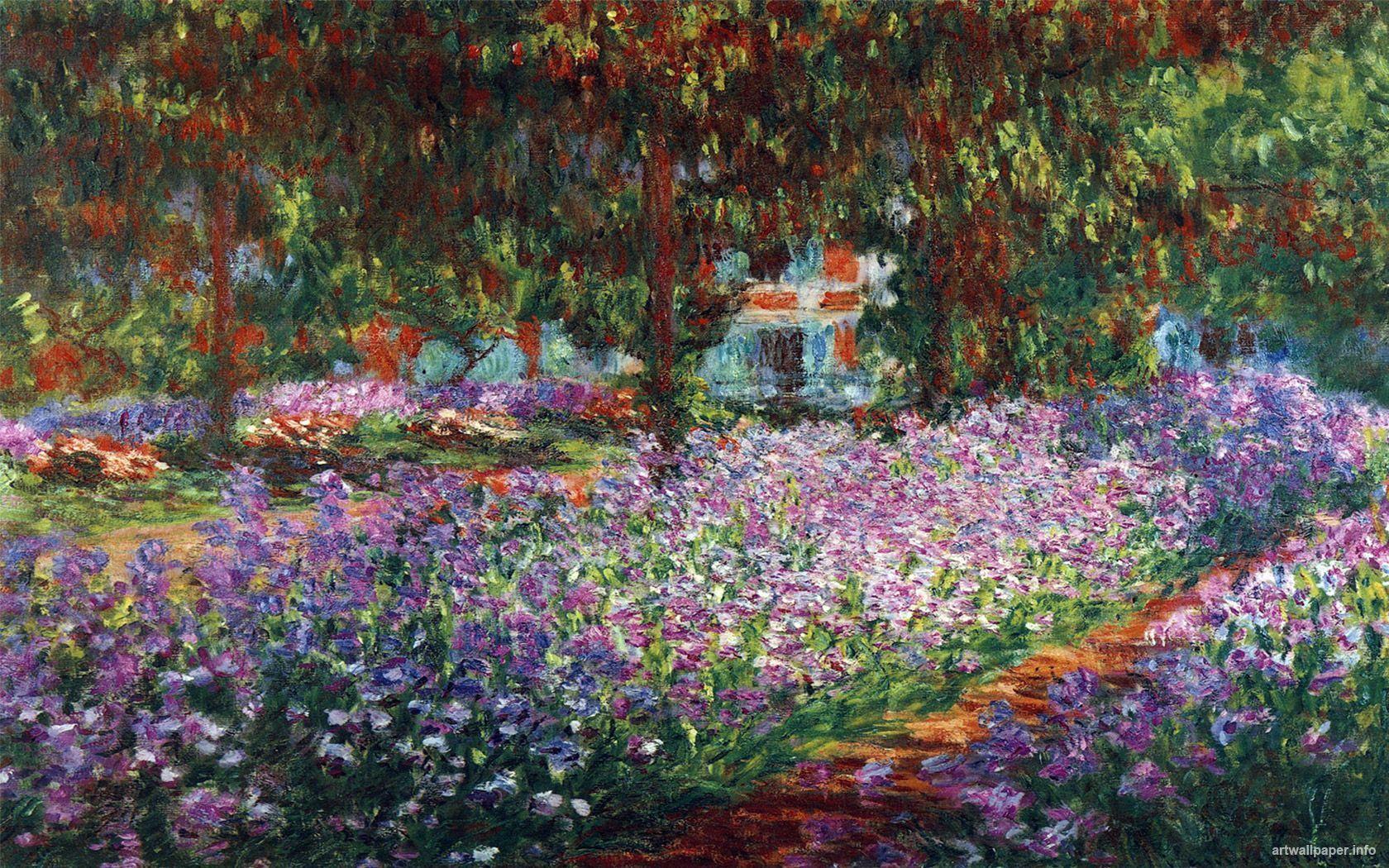Art inspires creativity, fosters expression, and reflects the human experience across cultures.
## The Significance of Art
Art inspires creativity, fosters expression, and reflects the human experience across cultures.
Art is a vital aspect of human culture, serving as a powerful medium for expression, communication, and connection. From painting and sculpture to music and dance, art encompasses a wide range of forms that allow individuals to convey their thoughts, emotions, and experiences. The significance of art lies not only in its aesthetic appeal but also in its ability to provoke thought, inspire change, and foster a sense of community.
One of the primary roles of art is to express the complexities of the human experience. Artists often draw from their personal stories, cultural backgrounds, and societal issues to create works that resonate with others. Through their creations, they can explore themes such as love, loss, identity, and social justice, inviting viewers to reflect on their own lives and experiences. This emotional connection can foster empathy and understanding, bridging gaps between individuals from diverse backgrounds.
Moreover, art serves as a powerful tool for social commentary and change. Throughout history, artists have used their work to challenge societal norms, raise awareness about injustices, and inspire movements for change. From the powerful imagery of protest art to the poignant lyrics of socially conscious music, art has the ability to amplify voices and spark conversations about important issues. This capacity for advocacy highlights the role of art in shaping public discourse and influencing societal values.
In addition to its expressive and activist functions, art also plays a crucial role in education and personal development. Engaging with art can enhance critical thinking, creativity, and problem-solving skills. Educational programs that incorporate the arts encourage students to think outside the box, collaborate with others, and develop their unique voices. This creative exploration can lead to greater self-confidence and a deeper appreciation for diverse perspectives.
Furthermore, art fosters community and connection. Public art installations, community murals, and local performances bring people together, creating shared experiences that strengthen social bonds. These artistic endeavors can transform public spaces, making them more vibrant and inviting. By participating in or supporting local art initiatives, individuals can contribute to a sense of belonging and pride within their communities.
The therapeutic benefits of art should also be acknowledged. Art therapy is increasingly recognized as an effective approach for promoting mental health and well-being. Engaging in creative activities can provide individuals with a safe outlet for expressing emotions, processing trauma, and exploring their identities. This therapeutic aspect of art underscores its importance in fostering resilience and healing.
Ultimately, the significance of art extends far beyond its visual or auditory appeal. It enriches our lives, inspires creativity, and reflects the diverse tapestry of human experience. By embracing and supporting the arts, we can cultivate a more compassionate, connected, and innovative society. Art has the power to transform individuals and communities, reminding us of our shared humanity and the beauty of expression.

